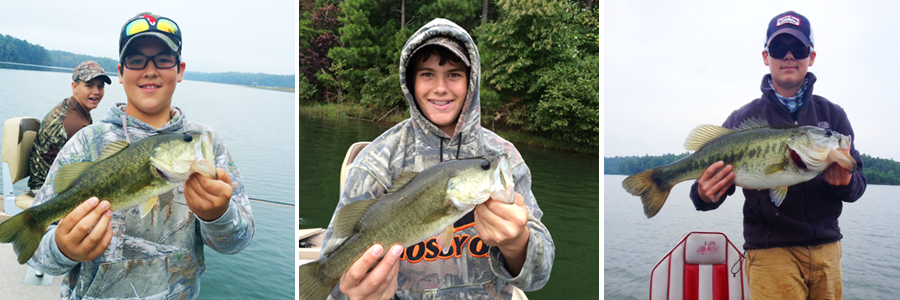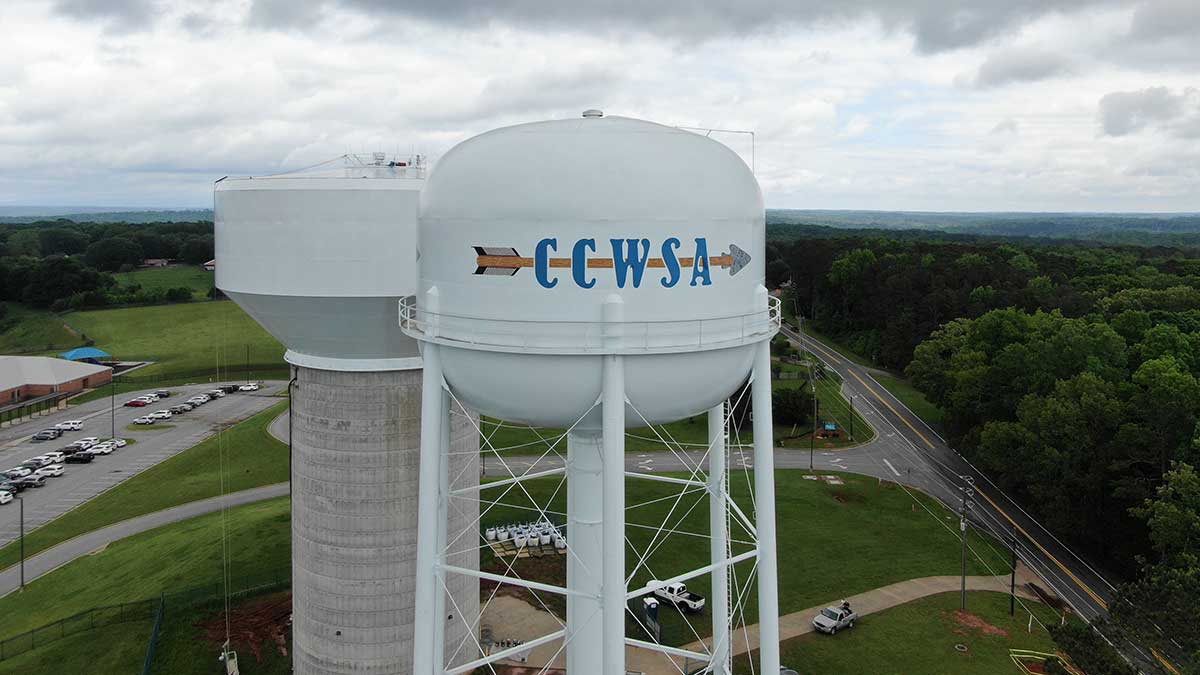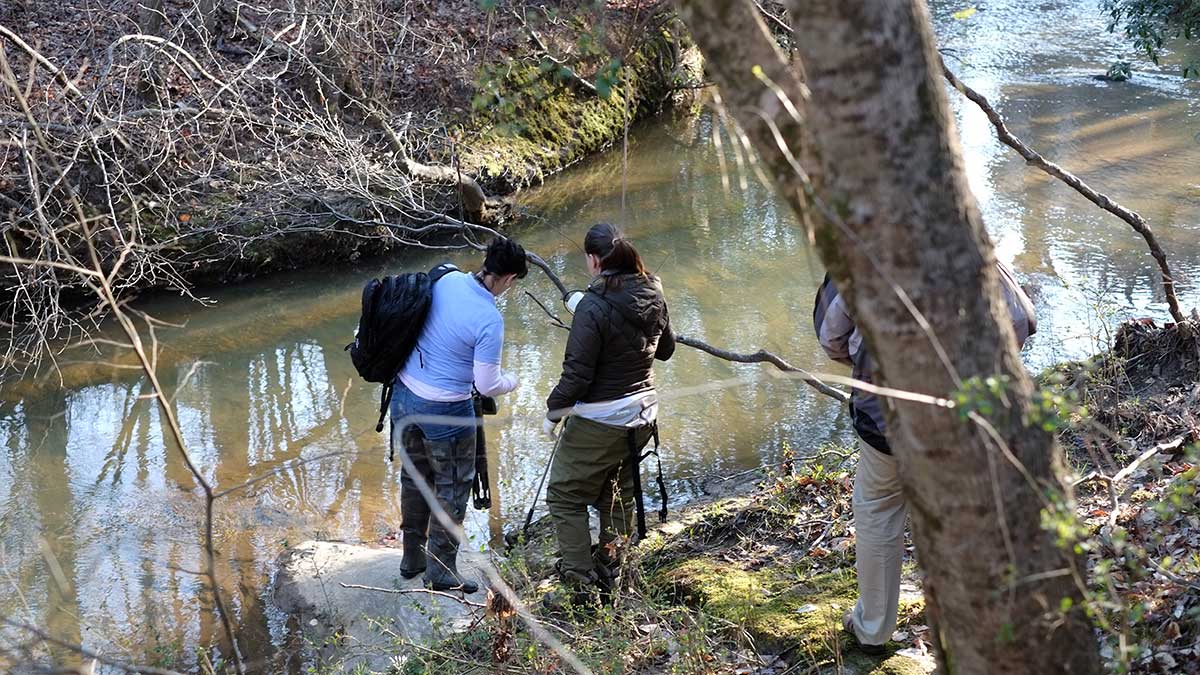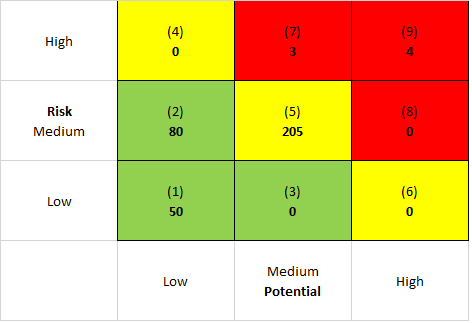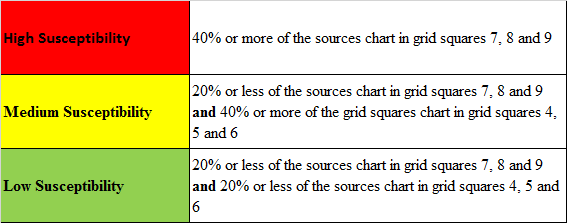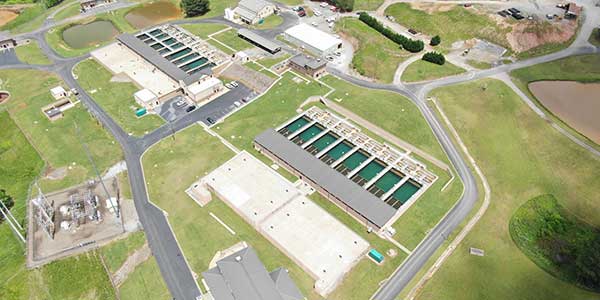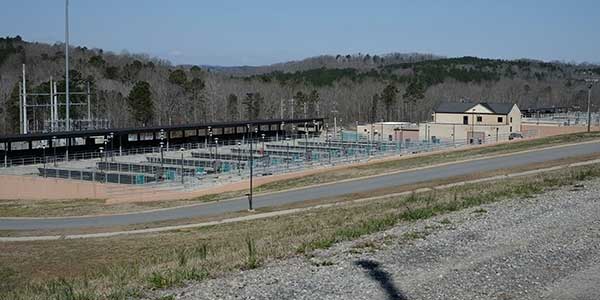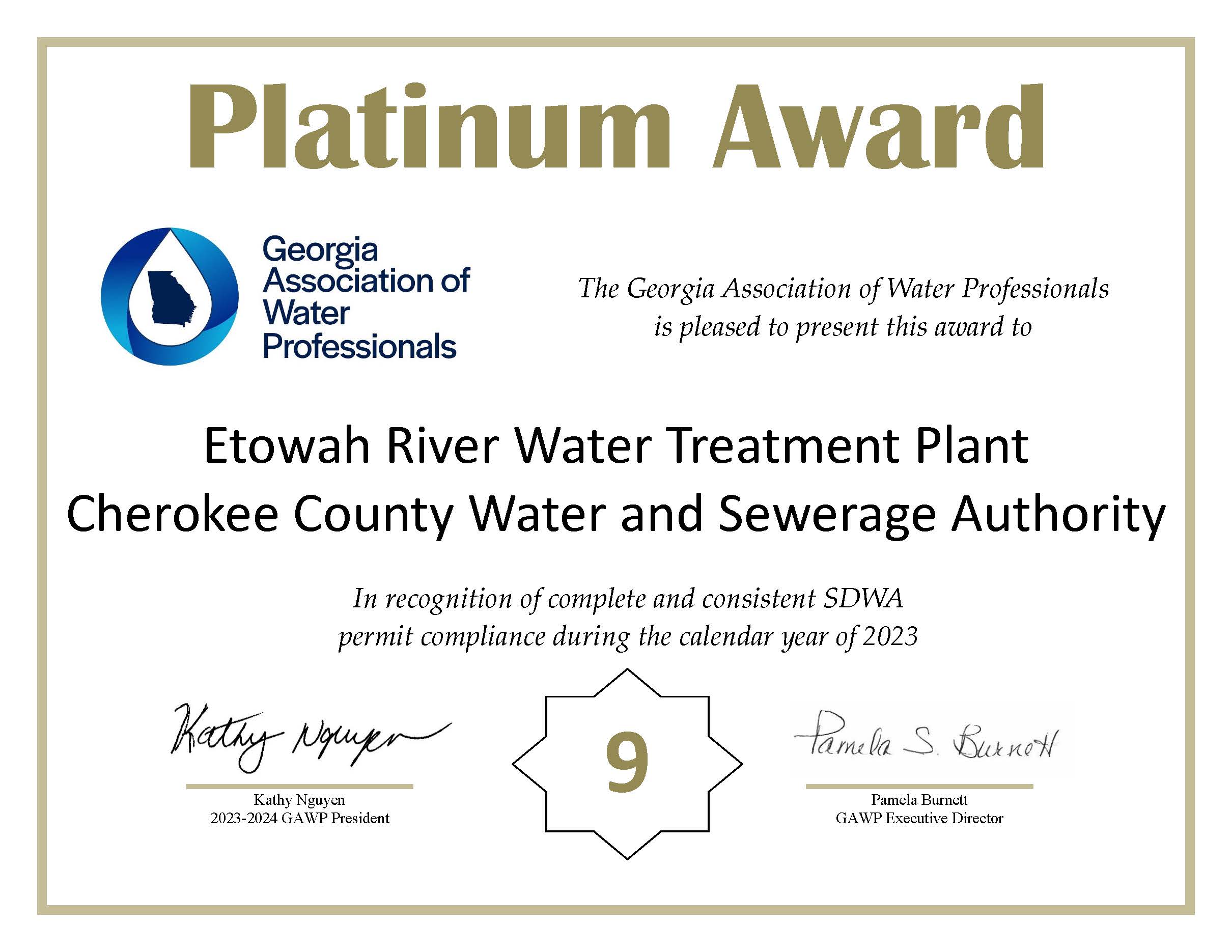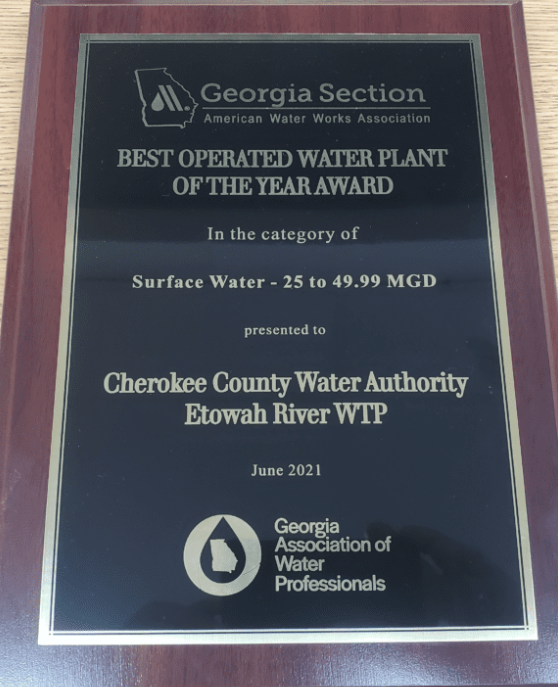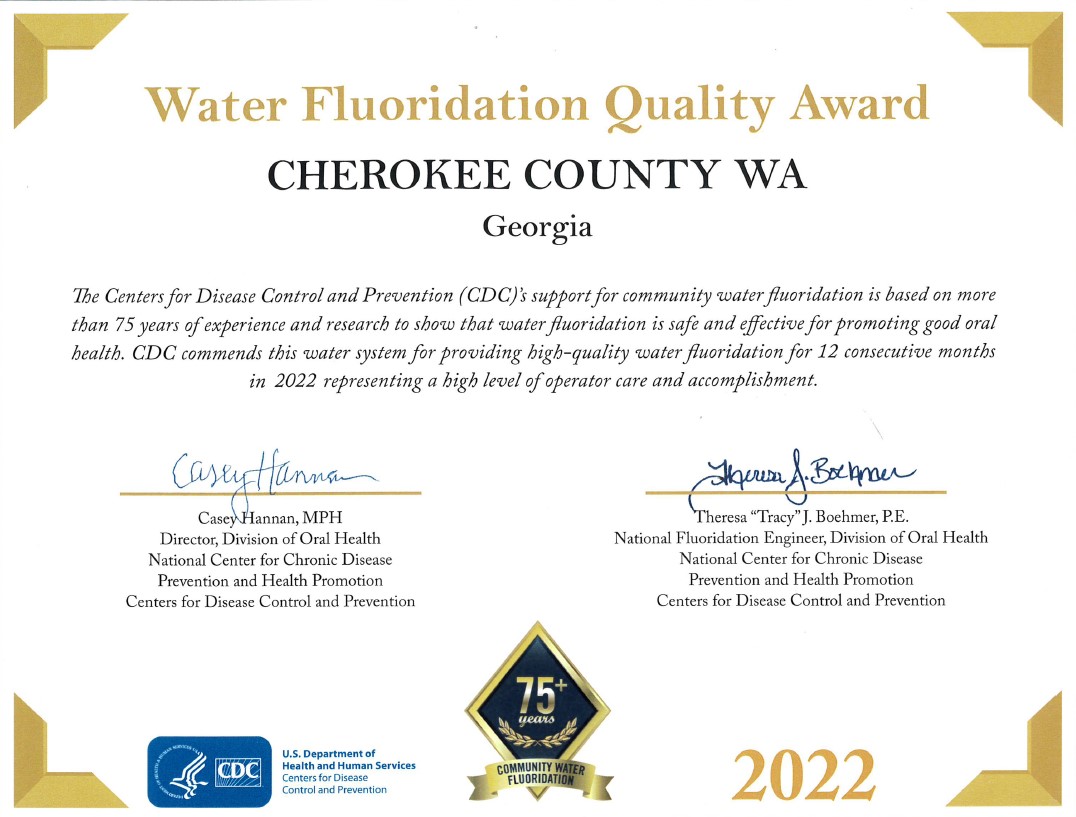CCWSA customers are required to abide by Georgia state law O.C.G.A 12-5-7 non-drought outdoor water use schedule which allows outdoor watering for the purposes of planting, growing, managing, or maintaining ground cover, trees, shrubs, or other plants only between the hours of 4 P.M. and 10:00 A.M.; provided, however, that this limitation shall not create any limitation upon the following outdoor activities:
(A) Commercial raising, harvesting or storing of crops; feeding, breeding, or managing livestock or poultry; the commercial production or storing of feed for use in the production of livestock, including, but not limited to, cattle, calves, swine, hogs, goats, sheep, and rabbits, or for use in the production of poultry, including, but not limited to, chickens, hens, ratites, and turkeys; producing plants, trees, fowl, or animals; or for commercial production of aquacultural, horticultural, dairy, livestock, poultry, eggs, and apiarian or as otherwise defined in O.C.G.A. 1-3-3;
(B) Capture and reuse of cooling system condensate or stormwater in compliance with applicable local ordinances and state guidelines;
(C) Reuse of gray water in compliance with O.C.G.A. 31-3-5.2 and applicable local board of health regulations;
(D) Use of reclaimed wastewater by a designated user from a system permitted by the Environmental Protection Division of the Georgia Department of Natural Resources to provide reclaimed wastewater;
(E) Watering personal food gardens;
(F) Irrigation of new and replanted plant, seed, or turf in landscapes, golf courses, or sports turf fields during installation and for a period of 30 days immediately following the date of installation;
(G) Drip irrigation or irrigation using soaker hoses;
(H) Hand watering with a hose with automatic cutoff or handheld container;
(I) Use of water withdrawn from private water wells or surface water by an owner or operator of property if such well or surface water is on said property;
(J) Watering horticultural crops held for sale, resale, or installation;
(K) Watering athletic fields, golf courses, or public turf grass recreational areas;
(L) Installation, maintenance, or calibration of irrigation systems; or
(M) Hydroseeding
Georgia Rules And Regulations
